How to Purify Ethanol: A Comprehensive Guide for Industrial Applications
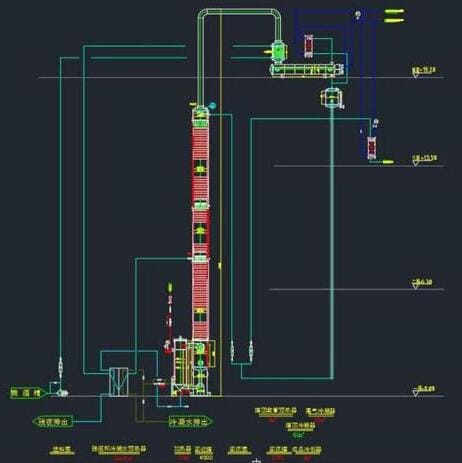
In the realm of industrial and pharmaceutical production, the generation of significant amounts of organic waste, primarily composed of ethanol and water, poses environmental challenges. Conventional methods of treating ethanol waste, such as incineration, often prove inefficient, costly, and environmentally unfriendly.
As a leading supplier in process and control equipment, Greatwall Process and Control understands the critical importance of utilizing cutting-edge methods and equipment for purifying industrial ethanol.
This blog post will delve into the innovative technologies that are reshaping the ethanol purification landscape, providing invaluable insights for processing companies aiming to elevate their production processes.
Unveiling the Magic of Short Path Molecular Distillation in Fish Oil Refining
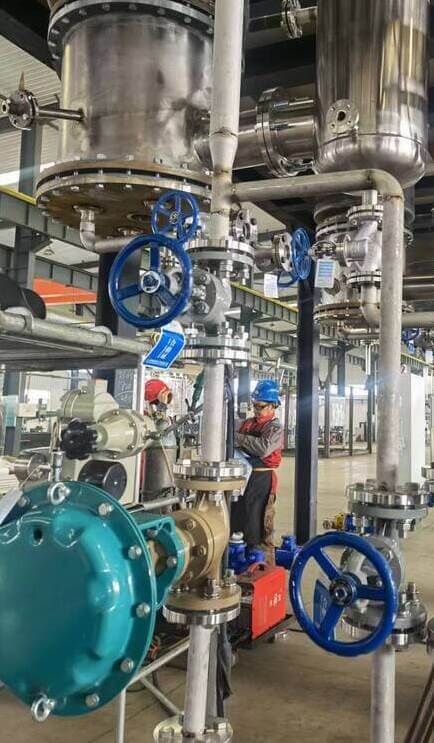
Embarking on the journey of enhancing oil quality demands a technological marvel, and short path molecular distillation stands as the unsung hero in the fish oil refining process. In my realm as a seasoned sales specialist for short path molecular distillation equipment, I’ve witnessed the transformative power of this cutting-edge technology.
Unlocking the Secrets of Purity in Fish Oil: A Comprehensive Guide to Quality and Health Benefits
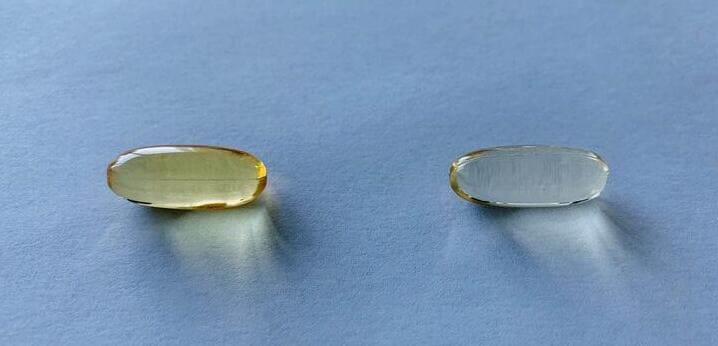
But not all fish oils are created equal. The magic lies in purity – with the highest-grade fish oils reaching a remarkable 96% purity level, offering medical-grade benefits.
Surprisingly, most products on the market fall short of this standard. Beyond heart and brain health, groundbreaking research in ‘JCI Insight’ by the University of Rochester reveals a specific fatty acid in fish oil can modulate immune B cell functions, potentially controlling inflammation and easing discomfort.
Omega-3 isn’t just a nutrient; it’s a powerhouse for overall wellness, even impacting allergy and asthma responses. Dive into the world of fish oil, where purity isn’t just a measure—it’s the key to unlocking its full health potential.”
This post is writen to unveil the purity of fish oil and its importance on to products quality and health benefits.
The Success Story of Molecular Distillation in Fish Oil Ester Concentration and Biodiesel Production
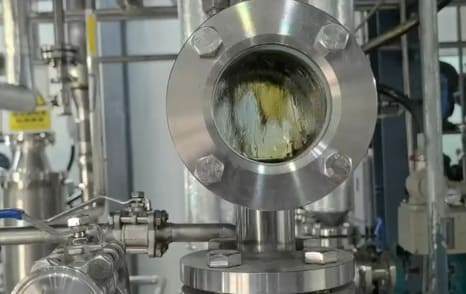
The state-of-the-art in concentrating Omega-3 fatty acids, a process pivotal in this evolution, shifted towards the fractionation of their ethyl or methyl esters. This method circumvents the high-temperature problem by employing multi-stage Short Path Distillation. This innovative approach has significantly improved the purity and concentration of Omega-3 fatty acids, with total EPA and DHA content achievable up to 70% or higher. Additionally, the variability of the EPA to DHA ratio can be finely tuned through control of distillation conditions and the degree of concentration.
How to Navigate the Rising Tides of Exporting Marine Fish Oil to China?
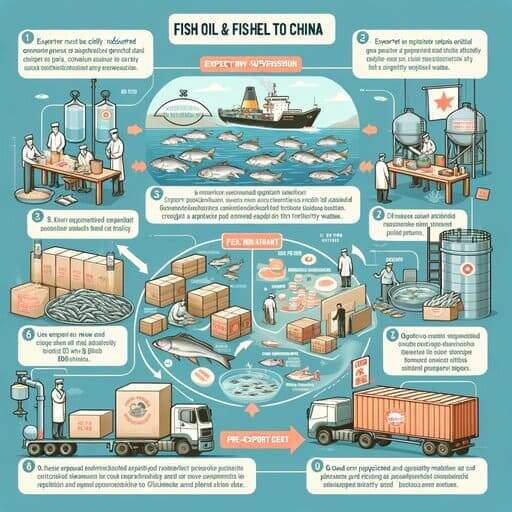
China’s fish oil industry primarily relies on imports of crude fish oil and fish meal. According to the General Administration of Customs of China, in 2021, China imported 86,100 tons of fish oil products, approximately 33.5% increase year-on-year. Meanwhile, exports decreased by 16.91% to 22,600 tons. Given this trend and the escalating fish oil prices, it’s pivotal for exporters to understand the nuanced process of exporting marine fish oil and fish meal to China.
Is Achieving Ultra-Low Moisture in Acetonitrile a Pipe Dream?
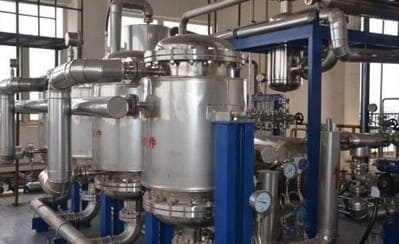
Pervaporation technology, particularly when utilizing zeolite membranes, is akin to a finely-tuned instrument in an orchestra. It’s not about force; it’s about finesse. Zeolite membranes work on a molecular level, discriminating between water and acetonitrile with precision that’s nothing short of artistry.
Let’s talk about process controls. They’re not just switches and gauges; they’re the maestros of the operation. With our advanced control systems, we’re able to maintain an environment so stable, so precise, that reaching a moisture content of 0.03% is not the ceiling; it’s the standard.
Comparing Membrane Filter Press and Thermal Melting Filter for Fish Oil Winterization
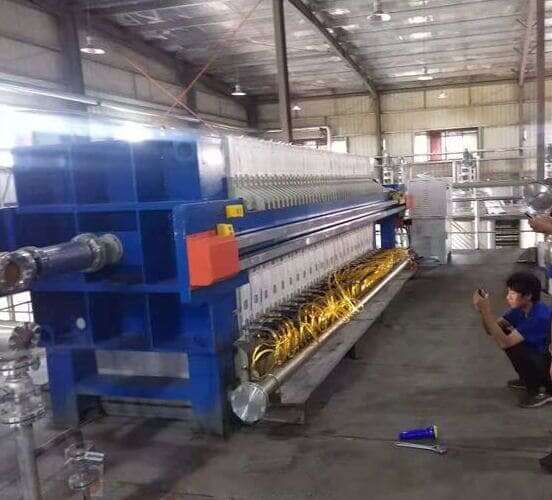
In the fish oil winterization process, the utilization of specialized high-efficiency, energy-saving filtration equipment is indispensable for achieving superior separation outcomes.
Engineered specifically for the fish oil winterization and fractional crystallization process, this separation equipment is equipped with advanced features designed to effectively filter and separate crystallized stearins from the liquid oil fraction.
The filtration equipment boasts a robust and stable structural design, augmented by a highly secure sealing performance within the filtration assembly. Such attributes make it exceptionally suited for large-scale industrial continuous oil refining and separation processes.
Unlocking High Vacuum: Customized Vacuum Pumps Solution To Meet Process Requirements
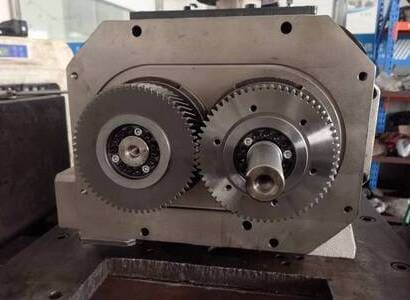
In the realm of rough and fine vacuum technology, piston vacuum pumps, Roots rotor vacuum pumps, and dry screw vacuum pumps exhibit promising applications.
The Roots screw vacuum unit operates in a multi-stage series configuration, employing the Roots pump as the primary pump and the screw pump as the fore stage pump. It features direct internal water cooling technology for the screw pump, facilitating the attainment of high vacuum requirements.
This series unit presents a unipolar, dry-running, non-contact screw vacuum pump. Its operation entails two parallel screws rotating in opposite directions, driven by synchronous transmission gears to ensure precise mutual alignment. Controlled clearances exist between the rotors and between the rotors and the pump body. Notably, the pump chamber is entirely devoid of oil or water, and the pump body is coated with rust-resistant and wear-resistant Hastelloy material.
Our company provides comprehensive services, including sales, maintenance, and technical support for these vacuum pumps.
Removing Plasticizer from Fish Oil: Effective Solutions and Technologies
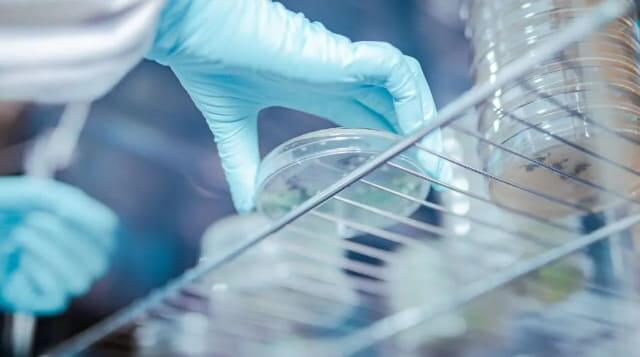
The discernible presence of these undesirable constituents within crude fish oil serves as a pivotal barometer of raw material quality and safety. It provides an indirect yet salient revelation of the pollution levels endemic to the fish oil production regions. Consequently, it becomes incumbent upon us to delineate a process that can efficaciously and methodically eliminate plasticizers from fish oils. This process should ideally embody qualities of simplicity, cost-effectiveness, and scalability for large-scale industrial implementation.
Therefore, the overarching purpose of this blog post is to furnish our readers with an exhaustive compendium of meticulously crafted solutions and state-of-the-art technologies specifically tailored for the eradication of plasticizers from fish oil. In a world where purity and safety standards are non-negotiable, this discourse is intended to serve as a beacon, illuminating the path toward the preservation of the integrity of this indispensable product.
Based on various refining processes for various oils, Plasticizers can be removed by appropriate refining processes including one or more degumming, filtration, dewaxing, deacidification, decolourization, deodorization, degreasing, filtration, fractionation, esterification, molecular distillation and hydrogenation.
Removing Free Fatty Acids in Fish Oil Processing
Deacidification is an essential step in the fish oil refining process, and the currently applicable deacidification methods include molecular distillation deacidification, alkaline refining deacidification, physical refining deacidification, organic solvent extraction deacidification, and supercritical fluid extraction deacidification, etc.
Among them, alkaline refining deacidification is the most commonly used method in the industry, which has the best deacidification effect. Following up with effective chemical neutralization to remove free fatty acids (FFA) from fish oils.
Discover the essential steps to effectively remove free fatty acids during fish oil processing.
This article is mainly introducing effective process equipment for the marine refined fish oil deacidification process, the process is capable to be controlled with highly efficient deacidification performance, less waste, and no pollution, do not destroy the effective nutrients in fish oil.
In this guide, we’ll delve into actionable insights for ensuring the quality and purity of fish oil products.
